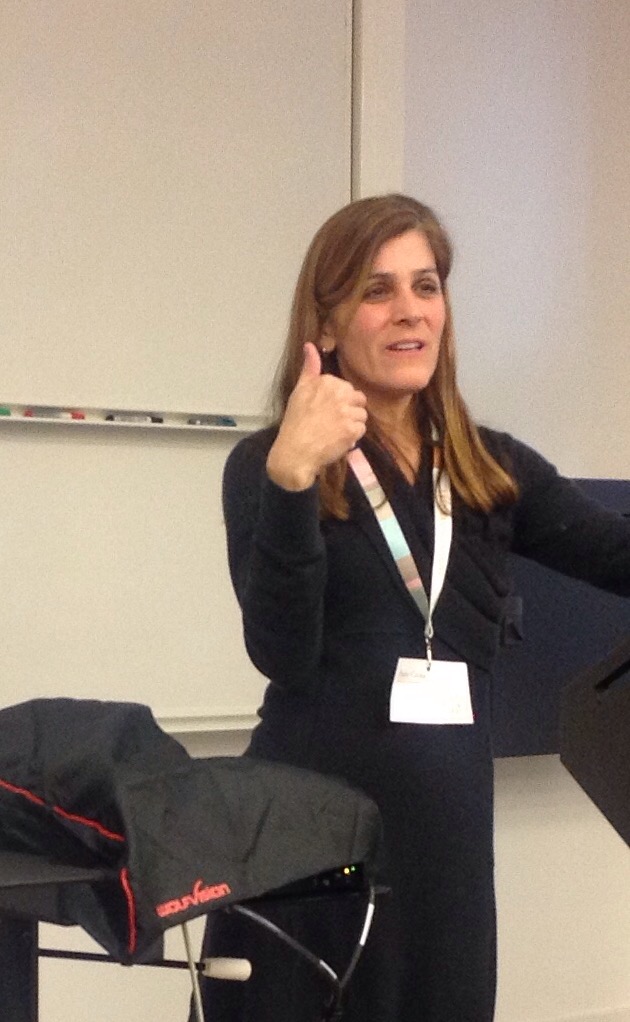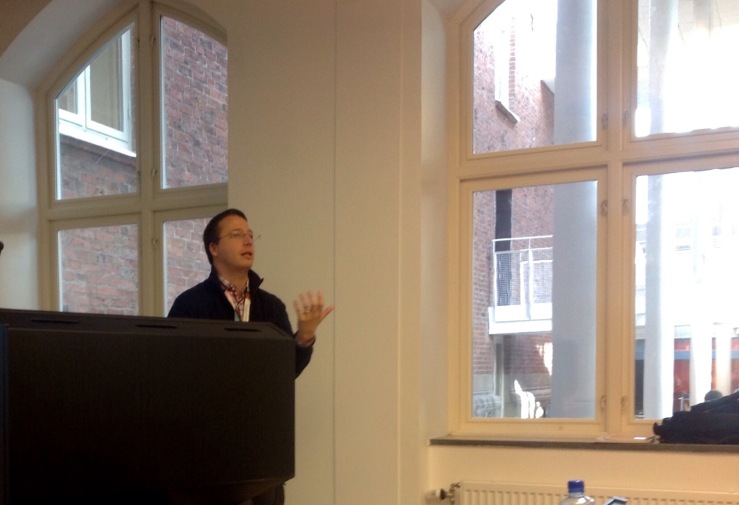A recent piece in The Atlantic suggests a number of guidelines for more productive argumentation. Many of these remind me of Michael Gilbert’s model of coalescent argumentation. In particular, #2 is “Prioritize Relationships and Listen Passionately,” and nobody has drawn attention the role of face values in argumentation the way Gilbert has. He suggests that most of our arguments take place between familiars, those with whom we will have further exchanges and so we have an vested interest in looking good — for instance, like a knowledgeable, truthful, caring person.
That observation takes me straight to the question I want to consider about this analysis: What does Eric Liu, a former speech writer and policy adviser in the Bill Clinton administration whose recommendations provide the content for the article, think we ought to get out of argumentation? What is the product? What fruits of the labour?
His recommendations are part of the Better Arguments Project. I’m not going to go into all that at this point, but that project provides the context for the recommendations, which is the current US political environment inflamed by hostile exchanges on the internet. Much the same environment exists in other countries too.
Liu’s rule #1 is “Take Winning Off the Table” because it interferes with gaining understanding. Many argumentation theorists (Douglas Walton and Michael Gilbert especially) recognize that gaining understanding is a benefit even of arguing that does not explicitly aim at understanding but is concerned with something like negotiating an exchange. Dale Hample (2012) suggests that whatever purposes argumentation serves, its concern with content distinguishes it from other forms of communication.
This suggests a movement toward recognizing understanding or knowledge to be the central fruit of argumentation. However, most argumentation theorists still assume that an argument must have a winner and a loser. Dan Cohen even suggests that the apparent losers whose views do not succeed may be the winners insofar as they learn the most. (See his TedX video.) But few are willing to simply reject winning as a necessary structure for arguments in order to better address its epistemological purposes.
Phyllis Rooney, however, argues that adopting explicitly epistemological values provides a substitute for the goal of persuasion, which underpins the competitive model of argumentation. There are further advantages to this in avoiding the oppressive implications that come with the aim to persuade at all costs. And these may fit with Liu’s final three rules since they concern attention to context, embracing vulnerability, and being open, all central to liberatory epistemology.






 My way of addressing this problem (and some of the course’s content requirements) was to supplement Walton with Mark Battersby’s
My way of addressing this problem (and some of the course’s content requirements) was to supplement Walton with Mark Battersby’s 
 In the future, for a general course on reasoning, I will look to Battersby and Sharon Bailin’s book
In the future, for a general course on reasoning, I will look to Battersby and Sharon Bailin’s book 




